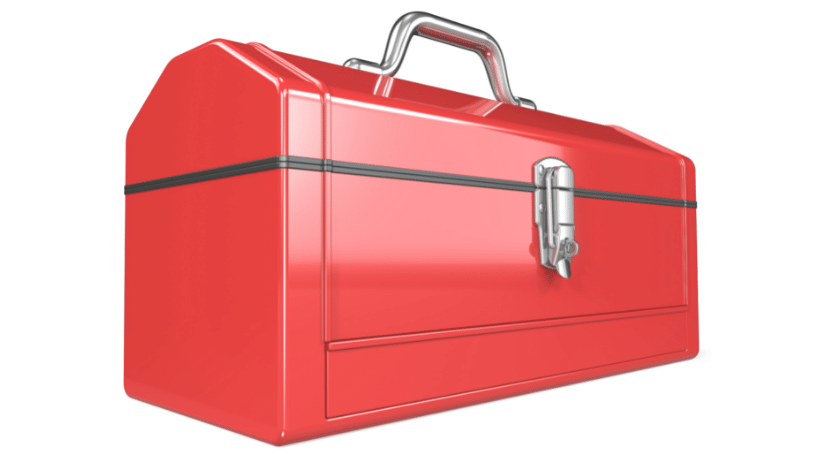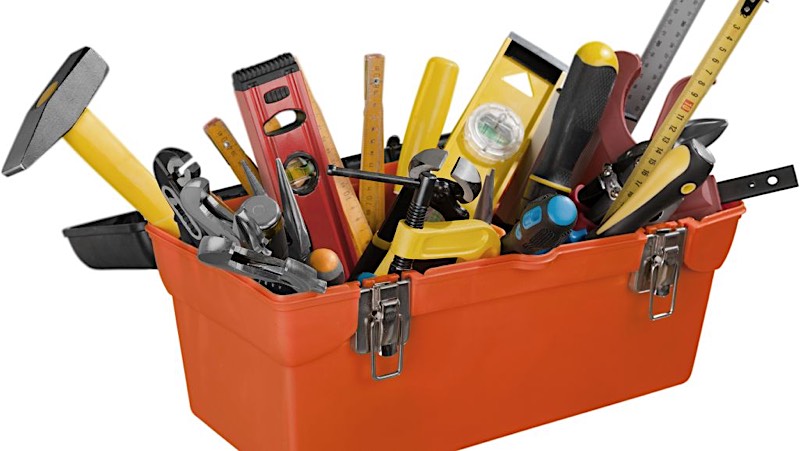 Toolbox talks are designed to improve safety, minimize the risk of injury, and save money – including Contractor Insurance costs. Construction sites are filled with hazards. “In 2020, 4,764 workers in the United States suffered fatal work injuries,” according to the U.S. Bureau of Labor Statistics. “Over that period, the private construction industry accounted for 1,008 deaths or 21.2 percent of total deaths.”
Toolbox talks are designed to improve safety, minimize the risk of injury, and save money – including Contractor Insurance costs. Construction sites are filled with hazards. “In 2020, 4,764 workers in the United States suffered fatal work injuries,” according to the U.S. Bureau of Labor Statistics. “Over that period, the private construction industry accounted for 1,008 deaths or 21.2 percent of total deaths.”
Hand and power tools are a necessity on any construction site, but even the simplest tool can become a hazard when poorly maintained or misused.
Using the Wrong Tool
Using the right tool for the job may seem so apparent that a toolbox talk addressing the issue appears silly. However, many workers – knowingly or unknowingly – break this rule. For example, imagine a worker discovers he missed that last screw and has already put his drill away, but his pocket knife is handy, so he uses it to drive in that last screw.
You’ve probably seen something similar on a worksite or perhaps even did it yourself. Nine times out of ten, everything goes just fine, but it only takes one time – the blade slips and causes a severe laceration, damages material, breaks a tool, etc. – to become an issue.
Examples of Using the Wrong Tool:
- Using a tool for a purpose, it was never intended for
- Using a damaged tool
- Using the right tool incorrectly
- Improperly modifying a tool
- Not taking proper safety precautions, such as not wearing appropriate PPE when needed
Reasons workers may not use the right tool:
- They haven’t been trained properly
- They don’t know the hazards
- They don’t know the correct tool to use
- They think an injury can’t happen to them
- It seems easier
Workers can minimize the risk of many injuries by understanding what tool is suitable for the job (and using it) and properly maintaining their tools. A toolbox talk addressing the issue can remind workers of the dangers of using the wrong tool and minimize some of the hazards workers face every day.
Hazards of Using the Wrong Tool
The first step is to remind workers of the hazards of using the wrong tool. They could…
- Injure themselves – getting an electrical shock or electrocution by using uninsulated steel tools
- Injure someone else – a loose, splintered, or cracked wooden handle on a hammer or axe can cause the head of the tool to fly off and hit someone else
- Damage materials – cracking tiles by using the wrong drill bit
- Break their tools – breaking a screwdriver by using it as a chisel or pry bar
- Cause an accident – starting a fire with an overworked, over-heated power tool
- Make the job more difficult than it needs to be – using a dull saw or the wrong type of saw to cut materials
Proper Training
Proper training – including toolbox talks - is crucial. Workers need to understand that your business prioritizes safety and how to use and maintain tools properly.
The U.S. Department of Labor offers five basic safety rules to help prevent hazards associated with the use of tools:
- Keep all tools in good condition with regular maintenance.
- Use the right tool for the job.
- Examine each tool for damage before use, and do not use damaged tools.
- Operate tools according to the manufacturer’s instructions.
- Provide and use properly the right personal protective equipment.
Additional tool safety tips include the following:
- Read the manufacturer’s instructions
- Inspect all tools before use
- Keep sharp tools covered when not in use
- Store tools properly when not in use
Get a Free Contractors Insurance Quote Today
Want to lower your Contractor Insurance costs? Call American Insuring Group at (800) 947-1270 or (610) 775-3848 or connect with us online for a free quote. As independent agents, we compare the cost of your coverage with several carriers to ensure you pay the lowest premium while getting the reliable coverage you need.



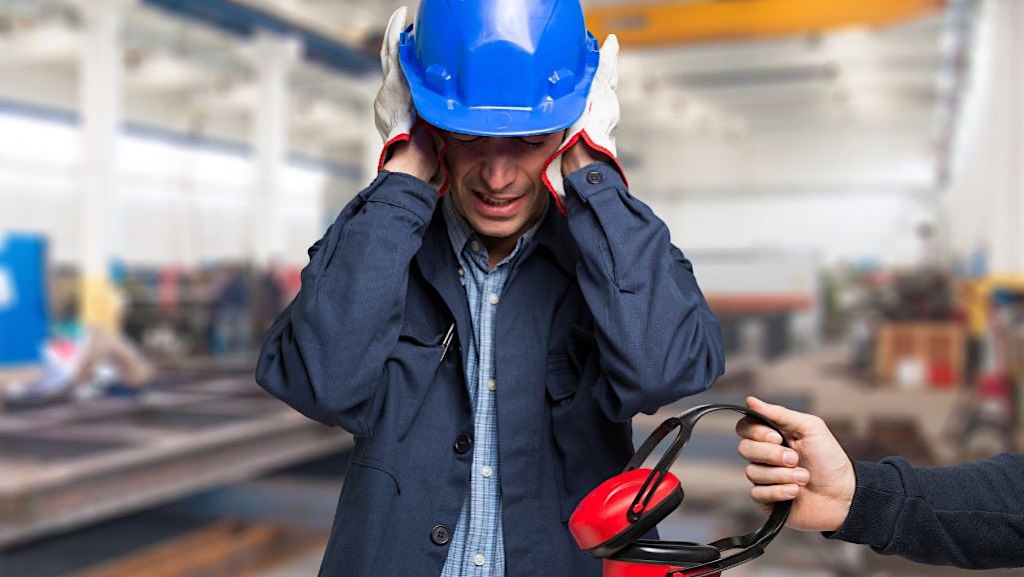 The more injuries your workers sustain, the higher your
The more injuries your workers sustain, the higher your 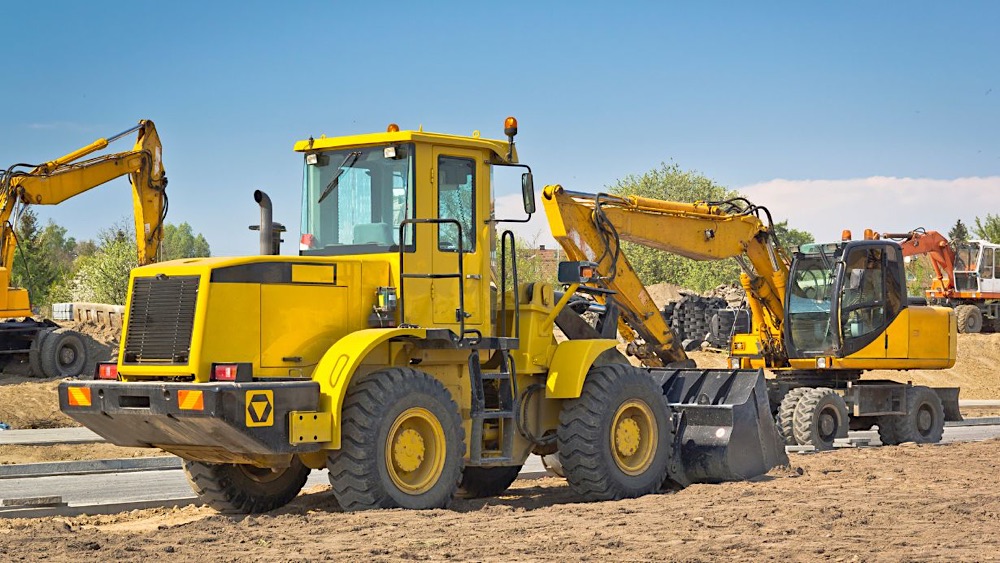
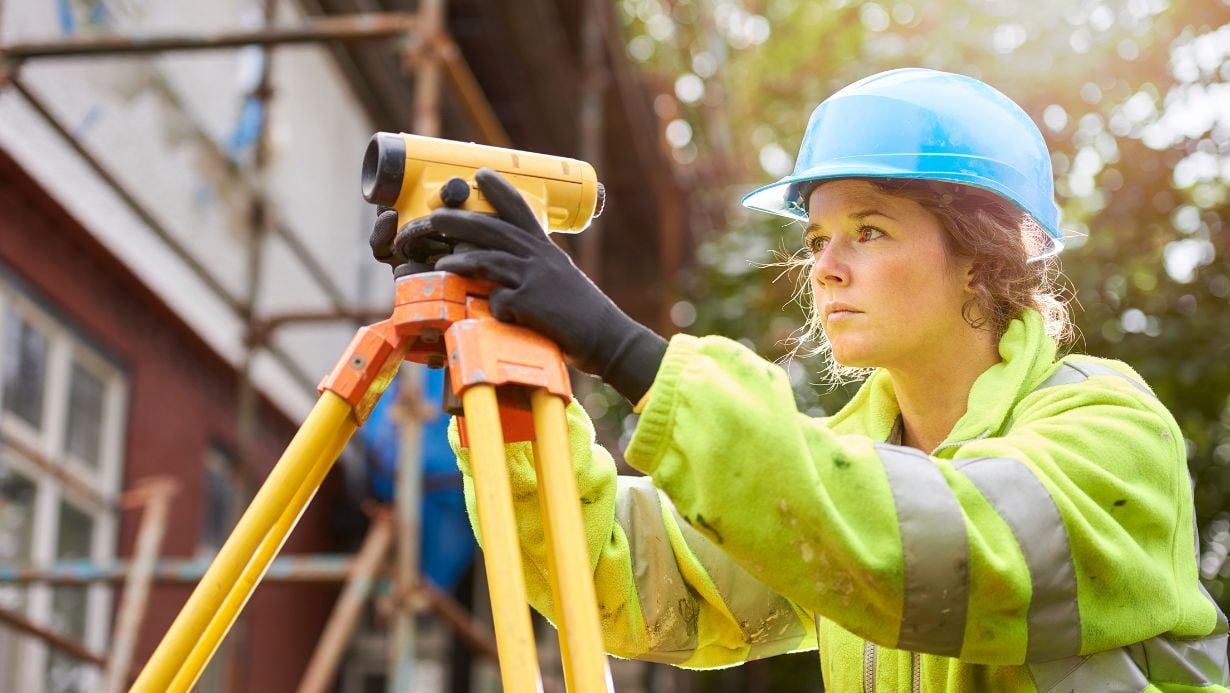
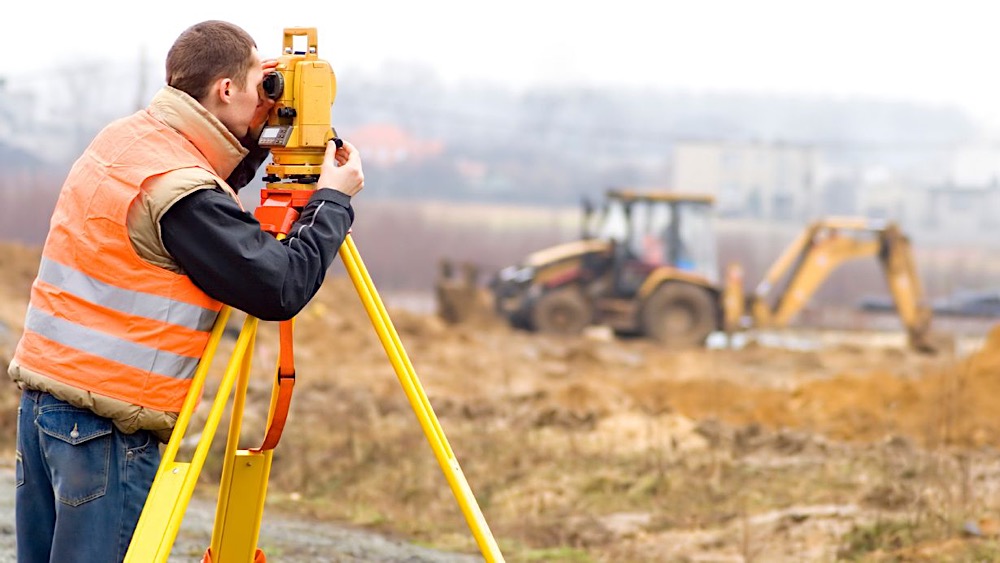
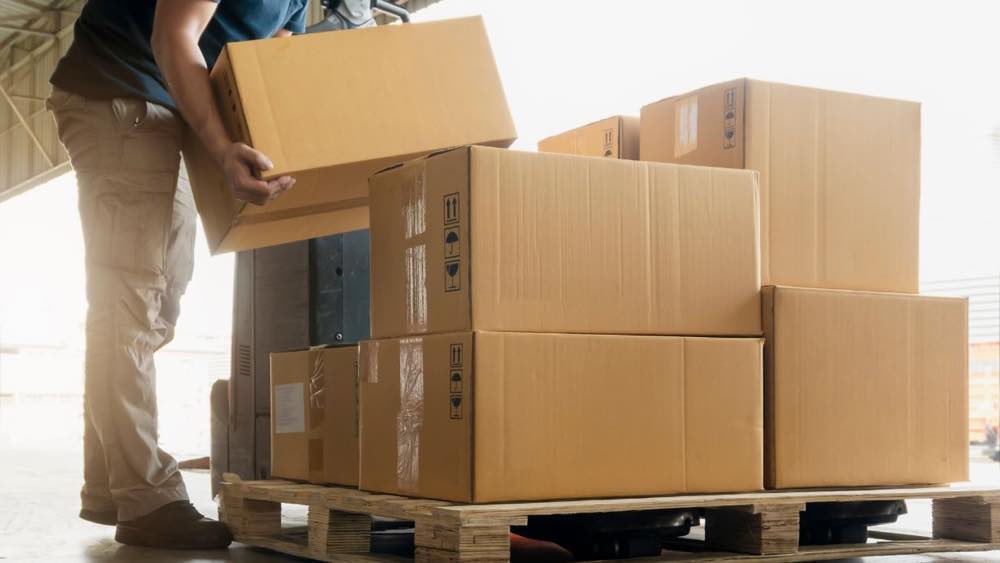 Workplace accidents are a significant cause of higher
Workplace accidents are a significant cause of higher 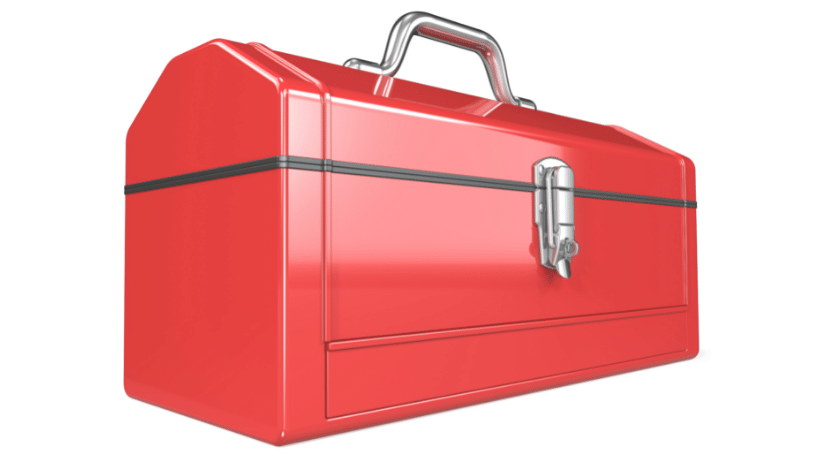 To lower
To lower  Have you ever thought about why you purchased
Have you ever thought about why you purchased 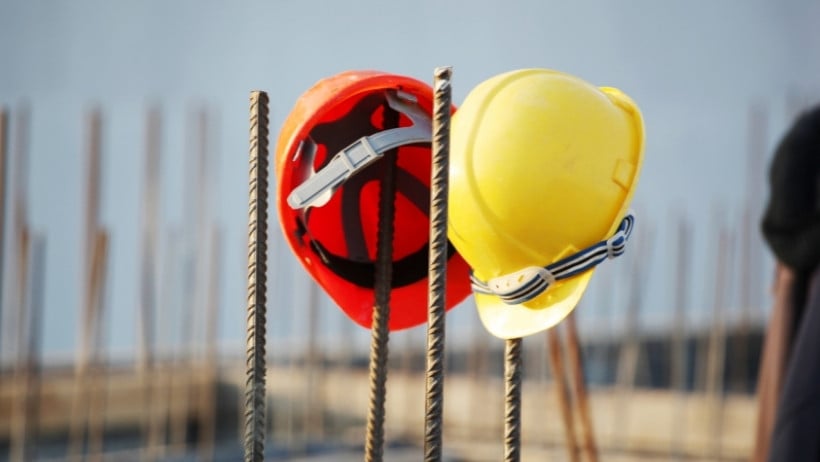 One of the best ways to lower
One of the best ways to lower 